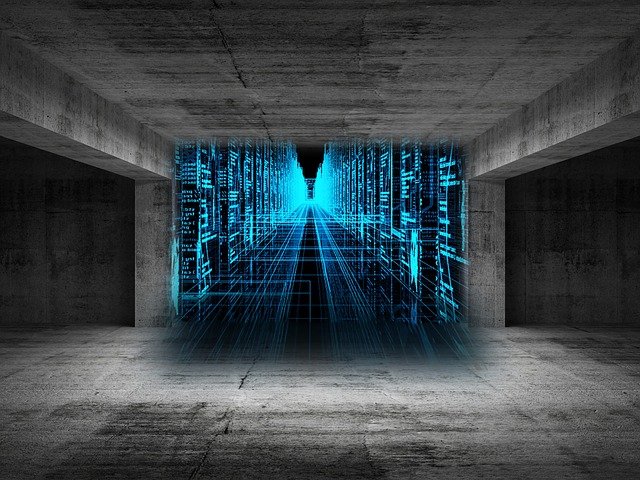
We know that Wi-Fi signal can penetrate through walls, otherwise, we won’t be able to connect to the Internet unless we’re in the same room where our Wi-Fi router is. Although the signal can get through such obstructions, however, not all of it can, which is why the signal gets weaker as we get farther from its source.
Objects in our home can cause Wi-Fi signal to bounce and scatter off, and while this causes weakening of the signal, it’s also turning out to be the same principle that can allow Wi-Fi to take holograms or 3D pictures of objects in a room, from outside the room. At least that’s what German scientists at the Technical University of Munich have been able to demonstrate. Supposedly, using just two antennas will be all that’s needed to generate a 3D picture of the space around the Wi-Fi router.
The device was developed by undergraduate physics student Philipp Holl as part of his thesis, with director of the Emmy Noether Research Group for Quantum Sensors, Dr. Friedemann Reinhard, as his advisor.
There are three distinct features that differentiate Holl’s method from traditional systems.
First, it makes use of two antennas — a fixed antenna that records the background of the Wi-Fi field, or where it’s placed in; and a movable antenna that is used to record the same Wi-Fi field from different angles.
Second, both antennas record not just the intensity of the Wi-Fi signal, but also its phase. To explain, light being a wave has many different phases, with phase referring to the light’s position on a wavecycle form at a specific point in time. Laser light is an example of light that occurs in just one phase. Microwave radiation emitted by Wi-Fi routers is another.
Third, both signals coming from the two antennas are fed simultaneously into a computer, after which the accompanying software works its ‘magic’.
To start the process off, the device scans a room and collects images within by using its two antennas and the stray Wi-Fi signals or microwave radiation it picks up from other devices that emit radio waves such as cellphones, laptops and routers. It then makes use of a digital reconstruction algorithm that transforms the images into 3D holograms by comparing the signals from both fixed and movable antennas at every point.
As the technology is still in its infancy stage, it can’t detect small objects yet. It can easily detect the outline of a human, an animal, and anything that’s bigger than 4 centimeters, though, which is what makes it so promising. For starters, it can be an extremely useful tool for emergency responders attempting to locate victims trapped inside a building after some kind of disastrous event, or in an airplane that has crashed.
The use of stray Wi-Fi signals isn’t entirely a new concept – it’s already being used to detect intruders and track the movement of people or objects, for example. Holl, however, is the first to make use of these signals to generate a 3D hologram of an entire space. As he explained to Business Insider: “Our method gives you much better images, since we record much more signal. We scan the whole plane of a room.”
The research was recently published in the journal Physical Review Letters. You may also view this video for a demonstration of how the technology actually works.
- Bulenox: Get 45% to 91% OFF ... Use Discount Code: UNO
- Risk Our Money Not Yours | Get 50% to 90% OFF ... Use Discount Code: MMBVBKSM
Disclaimer: This page contains affiliate links. If you choose to make a purchase after clicking a link, we may receive a commission at no additional cost to you. Thank you for your support!

Leave a Reply